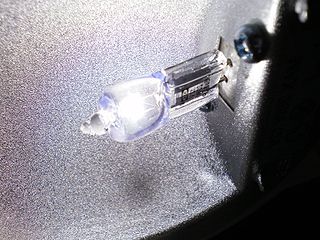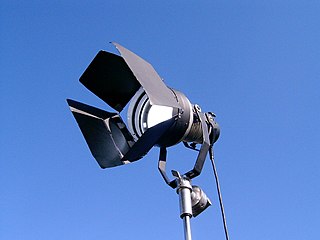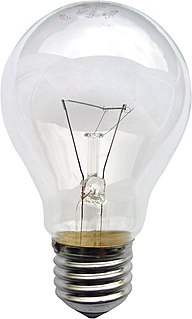This article may be weighted too heavily toward only one aspect of its subject.(April 2012) |
It has been suggested that sealed beam be merged into this article. (Discuss) Proposed since September 2018. |
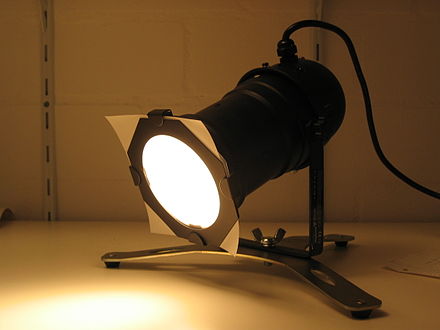

A parabolic aluminized reflector lamp (also PARCAN light, PARcan, or simply PAR) is a type of electric lamp that is widely used in commercial, residential, and transportation illumination. Usage includes locomotive headlamps, aircraft landing lights, and residential and commercial recessed lights ("cans" in the United States). They are identical in principle to sealed beam automobile headlights.

A recessed light or downlight is a light fixture that is installed into a hollow opening in a ceiling. When installed it appears to have light shining from a hole in the ceiling, concentrating the light in a downward direction as a broad floodlight or narrow spotlight.
Contents
- Construction
- Effects
- Uses
- Types
- Diameter
- Beam width
- Standard power ratings
- Finish
- Variations
- Raylite reflector
- LED
- PARbars
- Daylight PARs
- PAR moving lights
- Combination instruments
- See also
- References
The lamps and their fixtures are widely used in theatre, concerts and motion picture production when a substantial amount of flat lighting is required for a scene.
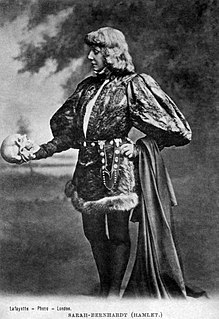
Theatre or theater is a collaborative form of fine art that uses live performers, typically actors or actresses, to present the experience of a real or imagined event before a live audience in a specific place, often a stage. The performers may communicate this experience to the audience through combinations of gesture, speech, song, music, and dance. Elements of art, such as painted scenery and stagecraft such as lighting are used to enhance the physicality, presence and immediacy of the experience. The specific place of the performance is also named by the word "theatre" as derived from the Ancient Greek θέατρον, itself from θεάομαι.
In situations where sunlight or other specular light is available, a white foam reflector is often used to accomplish the same effect as a PAR array.

Sunlight is a portion of the electromagnetic radiation given off by the Sun, in particular infrared, visible, and ultraviolet light. On Earth, sunlight is filtered through Earth's atmosphere, and is obvious as daylight when the Sun is above the horizon. When the direct solar radiation is not blocked by clouds, it is experienced as sunshine, a combination of bright light and radiant heat. When it is blocked by clouds or reflects off other objects, it is experienced as diffused light. The World Meteorological Organization uses the term "sunshine duration" to mean the cumulative time during which an area receives direct irradiance from the Sun of at least 120 watts per square meter. Other sources indicate an "Average over the entire earth" of "164 Watts per square meter over a 24 hour day".

In photography and cinematography, a reflector is an improvised or specialised reflective surface used to redirect light towards a given subject or scene.
PAR cans are being replaced in some stage applications by LED PAR cans, which use less electric power and produce a wide array of saturated colors without the use of color filters, when white light is not needed.

LED stage lighting instruments are stage lighting instruments that use light-emitting diodes (LEDs) as a light source. LED instruments are an alternative to traditional stage lighting instruments which use halogen lamp or high-intensity discharge lamps. Like other LED instruments, they have high light output with lower power consumption.

Electric power is the rate, per unit time, at which electrical energy is transferred by an electric circuit. The SI unit of power is the watt, one joule per second.


